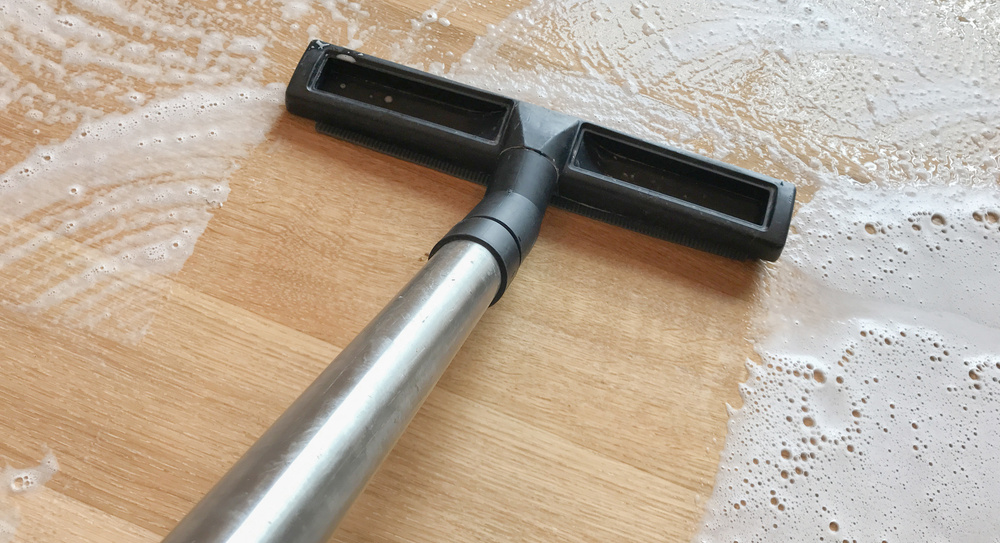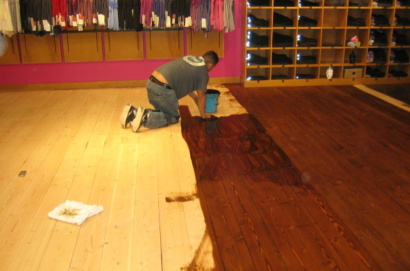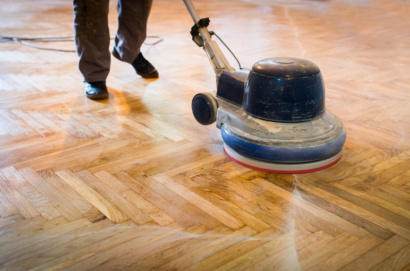When floodwaters infiltrate your home, one of the most vulnerable aspects of your property is the hardwood flooring. Hardwood floors are not only aesthetically pleasing, but they also add substantial value to your home. Thus, it’s essential to know how to rescue water-damaged hardwood floors to prevent irreversible damage. In this comprehensive guide, we will take you through the process, step-by-step, of assessing the extent of damage, implementing drying techniques, and refinishing solutions. We will also discuss the importance of involving a professional hardwood flooring company in Virginia to ensure the best results.
Step 1: Assess the Extent of Water Damage to Your Floors
The first step in rescuing flood-damaged hardwood floors is to assess the extent of the damage. Depending on the water source and the time the water has been standing on the floor, the damage may vary. Here’s how to assess the damage:
Identify the Water Source
Determine whether the water is clean, contaminated, or highly contaminated. Clean water, such as a broken water pipe, is less damaging than contaminated water, such as sewage backups.
Determine the Water Level
Measure the depth of water that has been standing on your hardwood floors. This will give you an idea of the extent of the damage.
Check for Cupping, Crowning, or Buckling
Look for signs of cupping (wood edges higher than the center), crowning (wood center higher than the edges), or buckling (severe warping). These are clear indicators of water damage.
Step 2: Removing as Much Water as Possible
After assessing the damage, the next step is to remove the water as quickly as possible to prevent further harm to your hardwood floors.
Use a Wet-Dry Vacuum
Use a wet-dry vacuum to suck up as much water as possible. Make sure to get into crevices and corners where water may be trapped.
Mop and Towel Dry
Mop the area with clean water to remove any remaining dirt or debris. Follow up with towels to dry the surface thoroughly.
Promote Air Circulation
Open windows, use fans, or a dehumidifier to enhance air circulation and aid in the drying process.
Dry the Hardwood Floors
Drying the hardwood floors thoroughly is crucial to prevent mold and further damage. This step may take some time, so be patient.
Elevate Furniture and Rugs
Remove furniture and area rugs to allow the floor to dry evenly.
Use Dehumidifiers
Dehumidifiers are highly effective in reducing moisture levels in the air. Run them continuously until the moisture content is within an acceptable range.
Monitor Moisture Levels
Use a moisture meter to monitor the moisture content of the wood. Aim for a moisture content of 6-9% before proceeding to the next step.
Step 3: Refinishing the Hardwood Floors
Once the hardwood floors are thoroughly dry, it’s time to consider refinishing them. This is a job best left to professionals to ensure the best results. A reputable hardwood flooring company in Virginia can help you with this step. Here’s what they can do for you:
Sanding and Repair
Sand the hardwood floor to remove any imperfections and damaged areas. Any boards that are beyond repair should be replaced.
Staining and Sealing
Choose a stain that matches the original color of your hardwood floor. After staining, apply a high-quality sealant to protect the wood and enhance its appearance.
Buffing and Polishing
The final step is to buff and polish the floor to a high shine. This not only adds beauty but also protects the wood.
Conclusion
Rescuing flood-damaged hardwood floors can be a daunting task, but with the right approach and professional assistance from a hardwood flooring company in Virginia, you can restore your floors to their former glory. Remember to act quickly, assess the extent of damage, remove the water, and thoroughly dry the floors to prevent further damage. Refinishing is the final step to ensure your hardwood floors look as good as new. By following these steps, you can salvage your valuable hardwood floors and enjoy their beauty for years to come.




